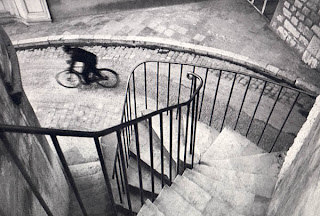Week 6: Fashion Photography - 3rd Post Questions
·
When is an
image a Portrait? When is it a fashion photograph? Are the two the same?
The differences between a portrait and a fashion photograph
can be quite easy to identify, the use of a model, lighting setup and a
specific settings, of which both forms of photography use however they are far
from being similar.
It is a portrait when you are purposefully aiming
to bring expression out of the model. Concentrating on the person and not the
objects it is wearing. A portrait can be a
painting, drawing, photograph, or engraving of a person, especially when only
taking a shot from the shoulders and above. This is mainly used to bring out an
emotion or portray a certain persona of a figure.
Fashion photography focuses on current trends and
creates a lifestyle through clothing. They are trying to sell a product to you,
and convince you into buying it. Portraiture doesn't specifically sell anything through the photography but only makes you think about the true meaning of the
photo. Fashion photography is a marketing technique. If fashion photography was
to be defined: “Fashion photography is a genre of photography devoted to
displaying clothing and other fashion items.” Over time, fashion photography has developed its own aesthetic in which the clothes and fashions are
enhanced by the use of exotic locations and accessories.
·
To what
degree should an image be manipulated to go into a fashion magazine?
Magazines come very close to being illegal when it
comes to photo manipulation, the reason is because they change the way the
person looks so much and that it misleads the audience, for example in some
spot cream adverts they actually Photoshop the models face as the cream may not
work 100% which is very misleading if they say it gets rid of 100% of the spots
on your face. This is why they are very careful when manipulating their advert
photographs, because it can cause a lot of controversy and anger from the
public if found out to be lying and making up that their product actually
works. The degree of what the photo should be manipulated is to the extent of
changing the shape of the model however not tampering with the product.
This also causes a false sense of appearance, and
makes teenagers especially think they HAVE to look like this to be “perfect” or
“beautiful” however if it was to be analysed, the truth is that it can look
very fake and gives a role model body that can be impossible to achieve.



